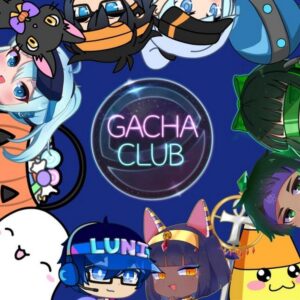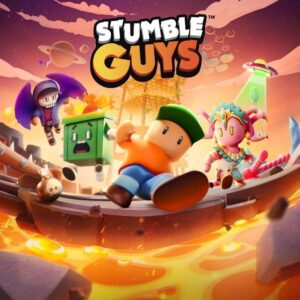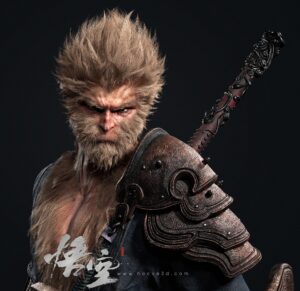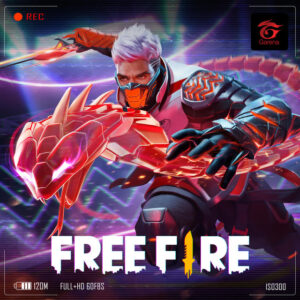Exclusive Report: The State of ‘Universes Beyond’ – Are Magic: The Gathering Players Reaching Peak Crossover Fatigue?
Popular Now
 Among Us
Among Us
 R.E.P.O
R.E.P.O
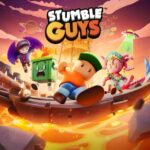 Stumble Guys
Stumble Guys
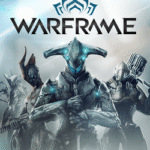 Warframe
Warframe
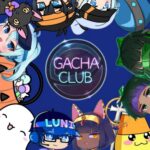 Gacha Club
Gacha Club
 BeamNG.drive
BeamNG.drive
 CarX Street
CarX Street
 FIFA 23
FIFA 23
 Roblox
Roblox
 EA SPORT FC 25
EA SPORT FC 25
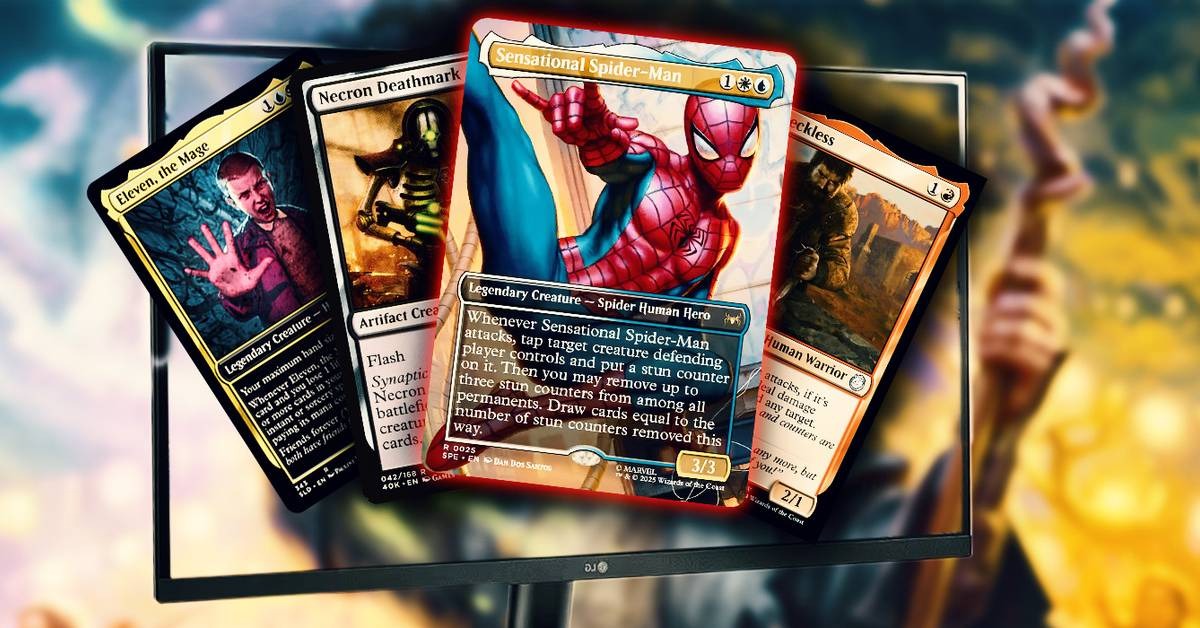
The landscape of the world’s most iconic trading card game, Magic: The Gathering (MTG), has undergone a seismic shift with the introduction and exponential growth of the Universes Beyond initiative. This bold strategy, which sees properties ranging from The Lord of the Rings and Warhammer 40,000 to the latest, eagerly anticipated Spider-Man set, integrated directly into the MTG multiverse, has been a dominant force in industry headlines and player discourse. However, with an increased volume of releases, a critical question looms: Are enfranchised Magic: The Gathering players truly growing weary of the constant crossovers, or is the commercial success an accurate reflection of consumer demand?
This report delves into the sentiment from both the community and the creators themselves, including pivotal insights from Head Designer Mark Rosewater and members of the Spider-Man design team, offering a comprehensive view on the controversial but highly profitable initiative. The data suggests a complex, nuanced picture, where initial apprehension has largely given way to market enthusiasm, driven by strategic IP selection and high-quality design.
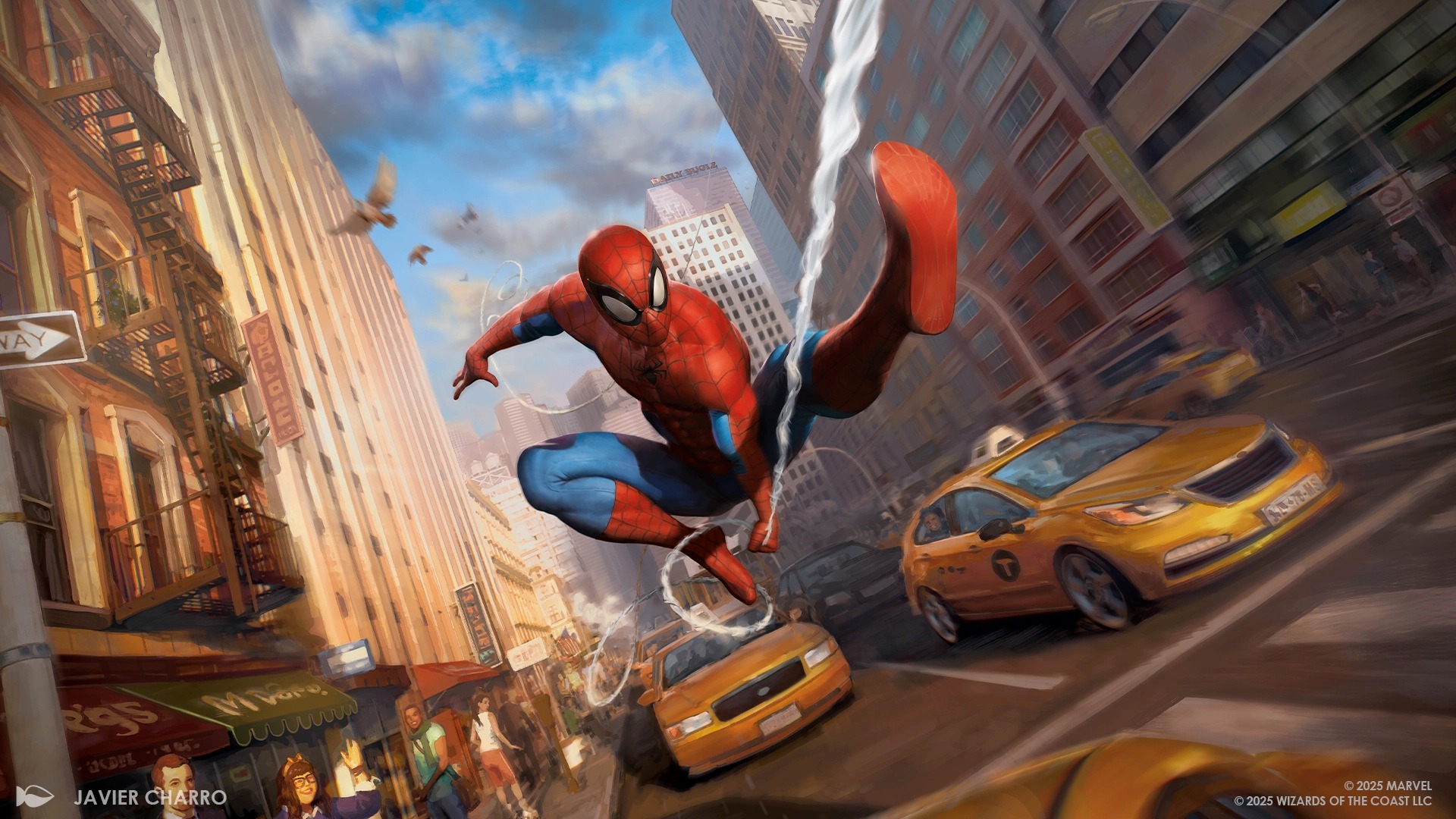 Rosewater: The Metrics and Player Excitement
Rosewater: The Metrics and Player Excitement
In a recent interview, Mark Rosewater addressed the sentiment head-on, firmly asserting that the proliferation of Universes Beyond sets is a direct response to overwhelming player excitement and engagement. His statements indicate that the company’s decision-making is fundamentally data-driven, following a principle as old as Magic itself: if players like something, they make more of it.
- Data-Driven Decisions: Rosewater confirmed that all internal metrics—sales, player retention, and general feedback—overwhelmingly point to a high degree of satisfaction with the crossover sets. “The fact that the Universes Beyond sets are doing well says there’s an audience—that people are excited by this,” he stated. “We’re just meeting the needs of the players.” This suggests that despite a vocal minority of vocal detractors online, the broader purchasing audience is very much “on board.”
- The Passion Property Strategy: A key driver of the acceptance is the successful execution of what Rosewater terms the ‘passion property’ principle. For many designers and players, Universes Beyond allows the integration of an intellectual property (IP) that holds significant personal and nostalgic value. The argument is that once a player sees their own ‘passion property’—like a set dedicated to a lifetime favorite comic book hero—executed well within the MTG framework, the skepticism towards the entire line diminishes.
- Growth and Accessibility: The sets are undeniably a powerful engine for growing the game, attracting new players who might have been intimidated by Magic’s deep fantasy lore but are drawn in by a familiar, beloved franchise. These new players represent a crucial and high-value segment for the long-term health and profitability of the MTG ecosystem.
Strong Takeaway: The argument from Wizards of the Coast (WotC) is clear: players are voting with their wallets, and the Universes Beyond product line currently represents a major revenue stream and an unprecedented opportunity for market expansion.
The Spider-Man Design Challenge: A Labor of Love
The upcoming Spider-Man set, part of a multi-set Marvel license, serves as a fresh case study in the design and execution of these crossovers. Members of the design team, including Cory Bowen, highlighted the immense responsibility and passion involved in translating an iconic character like Spider-Man into the mechanics of Magic: The Gathering.
- Flavor and Mechanical Translation: The core challenge for the design team is translating the unique powers and character flavor—the “webslinging,” “spider-sense,” and moral duality—into MTG’s color pie and existing mechanical vocabulary. The team explicitly discussed the creative process for assigning the “Spider-Heroes” to Green, leveraging the existing “Spider” creature type and the theme of natural, innate power, while assigning Blue for “genius and innovation” and Black for “symbiotes.”
- Honoring the Source Material: The designers stressed that these sets are genuine “labors of love.” They faced an “embarrassment of riches” in drawing from decades of Spider-Man comics, making a conscious effort to include iconic moments, covers, and characters spanning the ’60s through the present. This meticulous attention to the source IP is critical for overcoming player cynicism and ensuring the product is an authentic celebration, not merely a cash grab.
- High CPC Keyword Integration: The commercial value of a set like Spider-Man is immense, appealing to a massive, global audience. The set’s success is a critical indicator of the high commercial viability of well-executed premium IP sets, reinforcing WotC’s strategy to court the high-value collectors and casual players alike.
Community Tension and the Standard Format Debate
Despite the commercial success, genuine concern and player fatigue remain prominent themes within segments of the veteran Magic community. The tension points are clearly defined and carry significant implications for the game’s competitive formats and overall aesthetic.
- Aesthetic and Lore Friction: For many long-time fans, the juxtaposition of characters like Aragorn and Spider-Man with traditional MTG planeswalkers disrupts the long-established fantasy aesthetic and internal lore consistency of the Magic multiverse. This “flavor clash” is a persistent source of complaint, even if the mechanics are sound.
- Product Fatigue and Release Rate: The increasing frequency of releases—a wider industry trend known as product fatigue—is amplified by Universes Beyond. Players, especially those in competitive formats like Standard, are now essentially mandated to engage with these sets to remain competitive, creating a sense of being “priced out of the hobby” by the higher cost and volume of new, format-defining cards.
- Standard Legality and Reprints: The move to make major Universes Beyond sets, such as the upcoming Final Fantasy set, Standard-legal has been highly controversial. Rosewater acknowledged this feedback, indicating that WotC is “collecting data” on its impact. He has maintained that if a sufficiently large number of players become genuinely “unhappy” with the Standard integration, the company would consider a change, but only as a last resort, as the current trend supports Standard inclusion. The issue of mechanically unique cards from Secret Lairs is also a source of CPC-driving conversation, relating to long-term card value and reprint policy.
SEO Keyword Focus: The ongoing debate around Universes Beyond Standard legality, the impact on MTG finance, and the concept of crossover fatigue remain high-volume search and discussion topics, commanding premium advertising space in the TCG industry.
Conclusion: A Successful but Divisive Future
The question of whether Magic: The Gathering players are tired of Universes Beyond is less about weariness and more about division. While a dedicated, vocal segment of veteran players expresses deep crossover fatigue and concern over the erosion of MTG’s core identity, the vast majority of players, as reflected in record-breaking sales, are actively embracing and financially supporting the initiative. The design team’s passion for the source material, exemplified by the upcoming Spider-Man set, ensures a high-quality product that resonates with both franchise fans and competitive MTG players.
Ultimately, WotC’s strategy is currently a masterclass in market capture, successfully leveraging high-value IP to bring new blood and increased revenue streams to a three-decade-old game. The future of Magic will feature more Universes Beyond, not less, and the community’s challenge will be to adapt to a new, broader definition of what “feels like Magic,” even if that means a little bit of Spider-Man slinging webs alongside an Eldrazi on the battlefield. The financial future of the game hinges on this successful integration.
